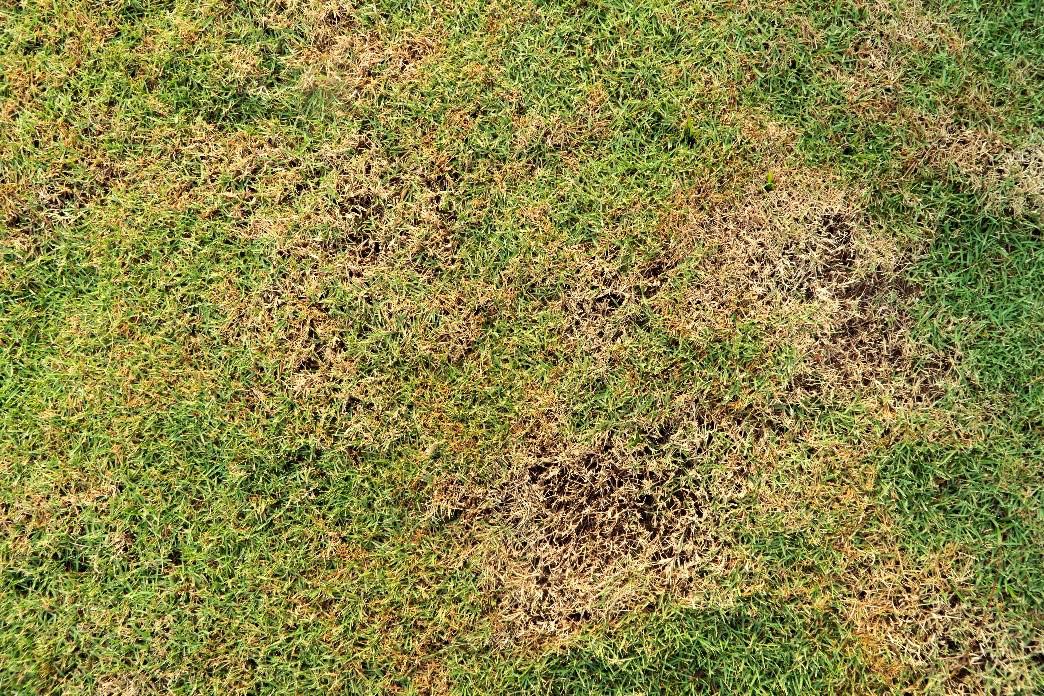
Has your lawn seen better days? Bare spots, weeds, and thin grass can make your yard look unkempt. But fear not, reviving a patchy lawn is a straightforward process. With this comprehensive lawn restoration guide, you can take control and nurse your grass back to a thick, green paradise.
Step 1: Diagnose the Causes of Lawn Damage
Before making fixes, it’s important to understand what factors lead to your patchy lawn. Common causes include excessive foot traffic compacting soil and poor drainage from puddling. Lack of proper mowing height and care can also contribute to lawn damage.
Additionally, grubs, chinch bugs, and other lawn pests can ravage grass roots and blades. Pet urine burning grass and shade preventing adequate sunlight are other culprits for thin, patchy areas. But don't worry, pinpointing these issues will allow you to tailor effective solutions to your specific lawn’s needs, bringing hope for a lush, healthy lawn. Wingate can perform a free inspection to determine the best course of action for your yard’s specific needs.
Step 2: Dethatch, Aerate, and Overseed Bare Spots
If matted thatch is over 1/2-inch-thick, use a power dethatcher to restore airflow and permeability to grass roots. Thatch buildup prevents water and nutrients from reaching the soil. Next, aerate compacted areas by punching holes to allow better root development for stronger grass plants. Call Wingate for a free aeration estimate.
For completely bare patches, cut surrounding grass short to allow new seedlings ample sunlight. Then sprinkle shade-tolerant grass seed and lightly top with soil. Water daily until new growth is 1 inch tall and can be mowed to match existing lawn height.
Step 3: Apply Restorative Fertilizer to Boost Growth
Six to eight weeks after overseeding, energize your lawn with a balanced fertilizer high in nitrogen. Nitrogen stimulates lush, green growth to help thin and patchy turf fill in. Make sure to apply at the recommended rate for your grass type. This protects against over-fertilization burn. Wingate offers this as a one-time fertilization service, or as part of our 6-step program.
Step 4: Control Lawn Pests and Weeds
Left unchecked, grubs, chinch bugs, and weeds will outcompete grass. Grub control prevents future damage, while weed killers remove unwanted plants. This protects new grass and deters future invaders. Seek professional treatment for these pests.
Transform Your Lawn With Wingate Pest & Lawn’s Professional Care
Remember, you're not alone in this journey. Our dedicated lawn experts at Wingate Pest & Lawn are here to assess your grass, develop seasonal treatment plans, and provide ongoing maintenance, specializing in patchy lawn restoration. With their professional care, your unhealthy grass will soon be vibrant, giving you the confidence that your lawn is in good hands. Get a free quote on lawn restoration—contact our team today!
